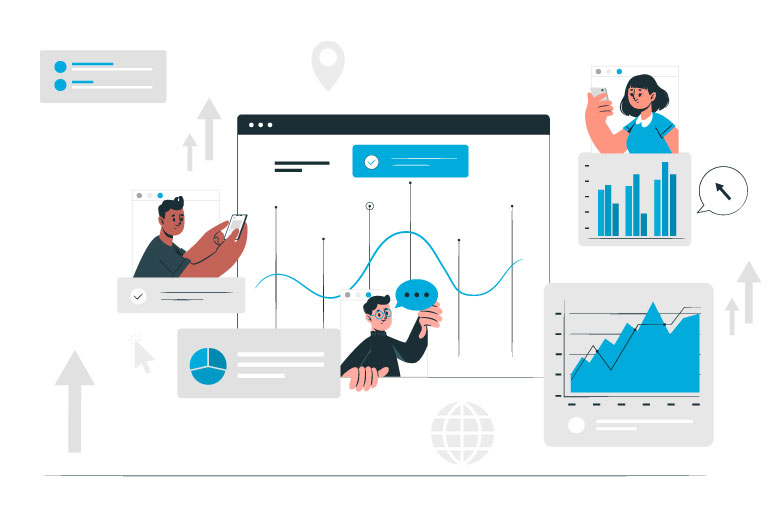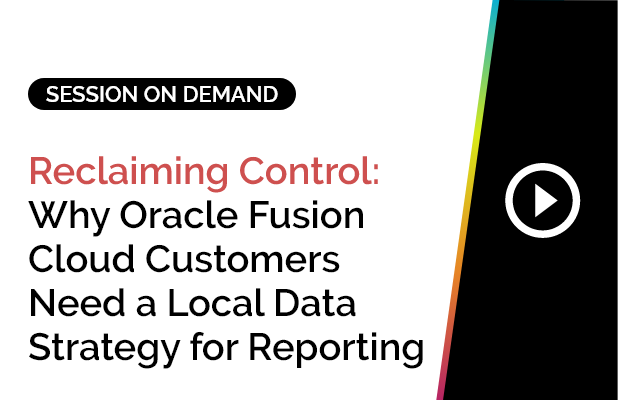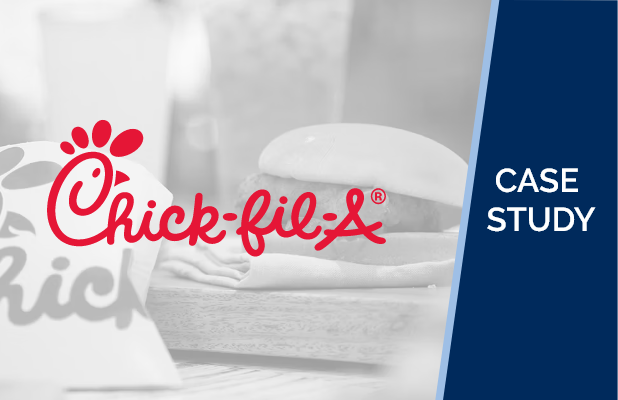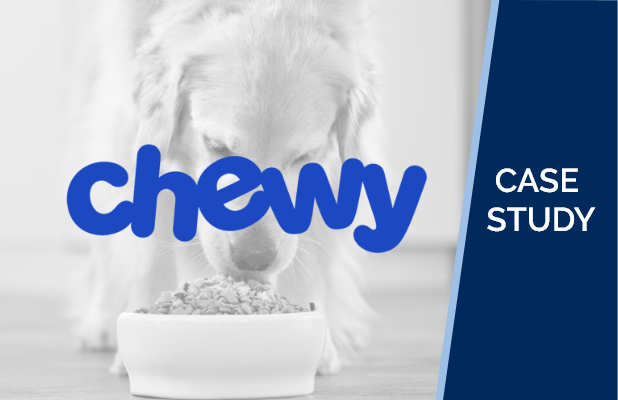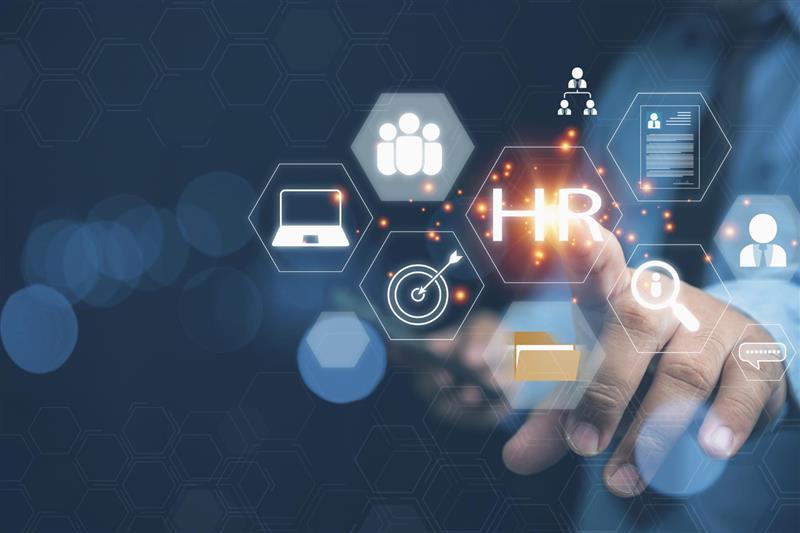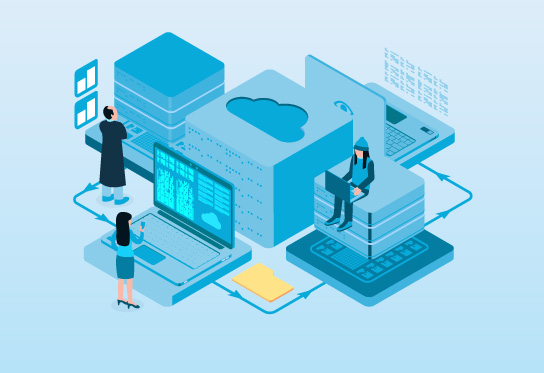If you’re leading HR today, you already know the stakes have changed. Boards and CEOs aren’t satisfied with metrics like headcount or turnover rates in isolation. They want to know:
- How does attrition among top performers affect sales revenue?
- What’s the cost of skill gaps to delivery timelines?
- Is our DEI progress improving customer-facing outcomes?
These aren’t “HR questions.” They’re business questions. And yet, HR teams are often left explaining “people data” in a vacuum, disconnected from Finance, Sales, and Operations.
The challenge is real. In fact, recent studies found that a majority of HR leaders say their function struggles to link talent metrics to business outcomes. Meanwhile, less than 20% of HR leaders believe that their companies are effectively using data analytics to drive better people decisions.
Traditional HR analytics platforms do a solid job of showing workforce metrics – turnover, hiring funnels, compensation benchmarks. Business Intelligence (BI) tools, on the other hand, bring scale, governance, and data accuracy. But until now, no single platform has given HR the ability to tie people outcomes directly to business impact with both speed and trust.
That’s why we built the AI × BI Flywheel. It’s a model where artificial intelligence removes barriers to insight, and business intelligence ensures governance and accuracy. Together, they create a cycle of adoption and velocity that empowers HR to finally connect people to performance.
Despite the promise and potential of HR tech and analytics, what comes in the way of its adoption, utilization, and effective use cases? What is causing the barrier to insight?
Traditional HR analytics platforms do a solid job of showing workforce metrics – turnover, hiring funnels, compensation benchmarks. Business Intelligence (BI) tools, on the other hand, bring scale, governance, and data accuracy. But until now, no single platform has given HR the ability to tie people outcomes directly to business impact with both speed and trust.
That’s why we built the AI × BI Flywheel. It’s a model where artificial intelligence removes barriers to insight, and business intelligence ensures governance and accuracy. Together, they create a cycle of adoption and velocity that empowers HR to finally connect people to performance.
What Is the AI × BI Flywheel?
At its core, the AI × BI Flywheel is a self-reinforcing loop:
- AI lowers cognitive and technical barriers: HR business partners and managers can ask questions in plain English, without SQL or waiting on IT.
- BI enforces governance and trust: role-based access, row-level permissions, and certified metrics ensure accuracy and compliance.
- Together, AI + BI compound adoption: as more users engage directly with data, insights multiply, reporting backlogs shrink, and decision cycles accelerate.

Step 1: Ask in Plain Language
Imagine your CHRO asks: “Show voluntary attrition for high performers in EMEA over the past 12 months.” With SplashAI, our embedded assistant, you simply type the question. It translates it into the right SQL and delivers results instantly. No waiting on analysts. No building custom queries. For HR, this lowers the barrier to entry. Anyone can interrogate workforce data, not just BI specialists.Step 2: Clarify and Drill Down
But HR questions rarely stop at the first answer. Maybe your next question is: “Break this down by department.” Or “Compare this to last year.” Most chatbot-style tools reset after each query. SplashAI remembers context, so you build a layered story instead of restarting every time. That’s critical for HR: uncovering the drivers of attrition, pay equity, or DEI representation often takes multiple steps.Step 3: See What Matters
Dashboards alone don’t tell you what’s important. AI does. SplashAI, for example, automatically highlights anomalies, outliers, and drivers. For example: “Attrition among critical roles rose 2% in Q3, driven primarily by mid-career employees in Sales Ops.” This shifts HR analysis from reactive reporting to proactive insight. Leaders don’t just see the numbers. They see what matters and why.Step 4: Trust the Answers
For HR, trust is non-negotiable. Sensitive people data must be governed, auditable, and secure. SplashAI ensures every AI-generated visualization reveals the SQL behind it. Row-level permissions and RBAC ensure users only see what they’re authorized to. Audit logs track queries for compliance. The result: HR leaders can answer tough boardroom questions with confidence, knowing governance is intact.Step 5: Reuse and Scale
Insights shouldn’t disappear after one meeting. With SplashBI, every conversational analysis can be pinned, searched, and reused. That means your “attrition by critical role” deep dive becomes a living, reusable artifact for the next cycle – building organizational knowledge over time. As adoption grows, the flywheel spins faster: more users, more insights, more business impact.AI+BI Flywheel: The Compounding Effect
When AI and BI operate separately, they fall short.
- AI alone is fast but risky. Black-box outputs can’t be trusted for HR decisions.
- BI alone is accurate but slow. Reports bottleneck in IT and adoption stalls.
Together, AI × BI compounds. HR gains accessibility and governance, speed and accuracy. The result is decision velocity across the enterprise.
Real-World Outcomes
Across our customer base of 600+ global brands, the AI × BI Flywheel has delivered measurable impact:
- 30–60 day go-lives with prebuilt HR accelerators and cross-domain dashboards.
- 3,000+ reports across HR, Finance, Sales, and Ops reduce custom build cycles.
- Reporting cycle time cut from weeks to hours.
- Backlogs reduced as HRBPs and managers adopt self-service analytics.
- Cross-domain insights like connecting mid-career attrition in Sales Ops to delayed order cycle times and revenue loss.
One multinational reduced HR reporting backlog by 40% in the first quarter. Another tied DEI representation to sales pipeline health, reshaping investment priorities in under two months.
Why HR Leaders Should Care About the AI+BI Flywheel
The questions coming your way are only getting harder.
What’s the revenue impact of attrition among quota-carrying sales reps?
Are we at risk of missing delivery SLAs because of skill gaps?
How will pay equity changes affect retention in key geographies?
With the AI × BI Flywheel, you can answer these questions in minutes, not months – with governance intact and impact quantified.
Closing Thought
As Chief AI Officer, I see a clear mission:
Empower HR leaders to connect people to performance with speed, trust, and clarity.
AI isn’t here to replace BI. And BI isn’t enough without AI. Together, they compound—just like the questions your executives are already asking compound across HR, Finance, and the business.
That’s the power of the AI × BI Flywheel.

Venkat Ramamurthy
Chief AI Officer, SplashBI
Venkat Ramamurthy is the Chief AI Officer at SplashBI, where he’s leading the charge to embed agentic, explainable AI into enterprise analytics across HCM, and Finance domains. A pioneer in modular AI systems, Venkat focuses on making conversational AI practical, secure, and deeply integrated into business workflows. He previously launched Bryte AI at UKG, led Intelligence Talent Experience products at Phenom—and worked at Amazon Core AI, collaborating with Nobel Laureates on gig economy marketplaces. Venkat’s work bridges cutting-edge LLMs and real-world use cases, helping enterprises unlock insight at scale.

